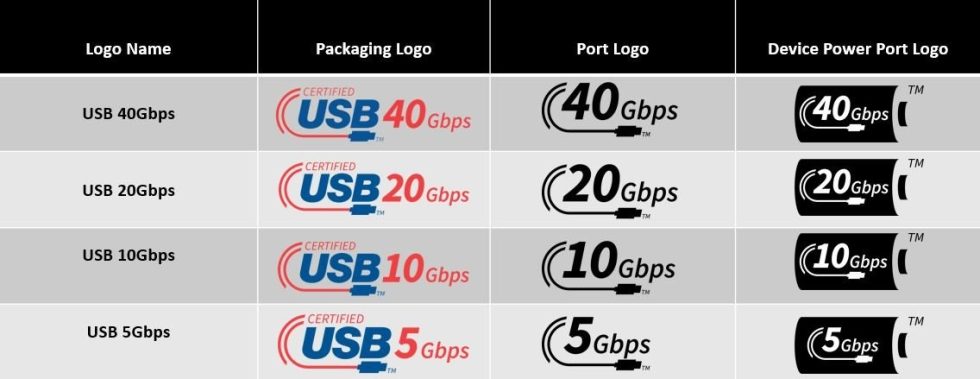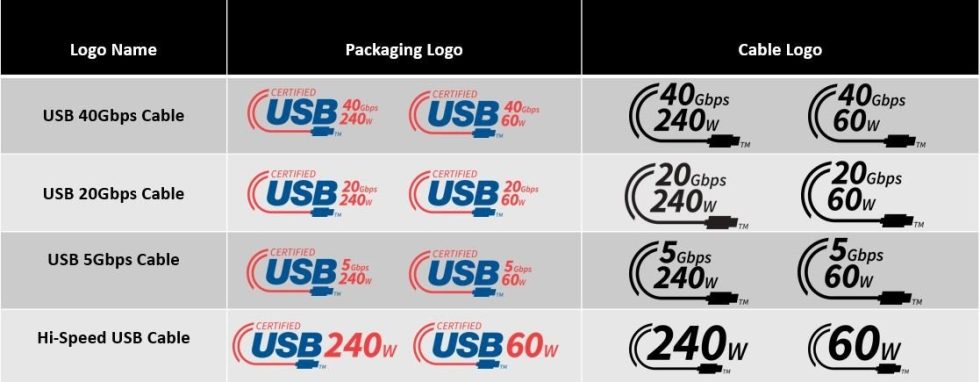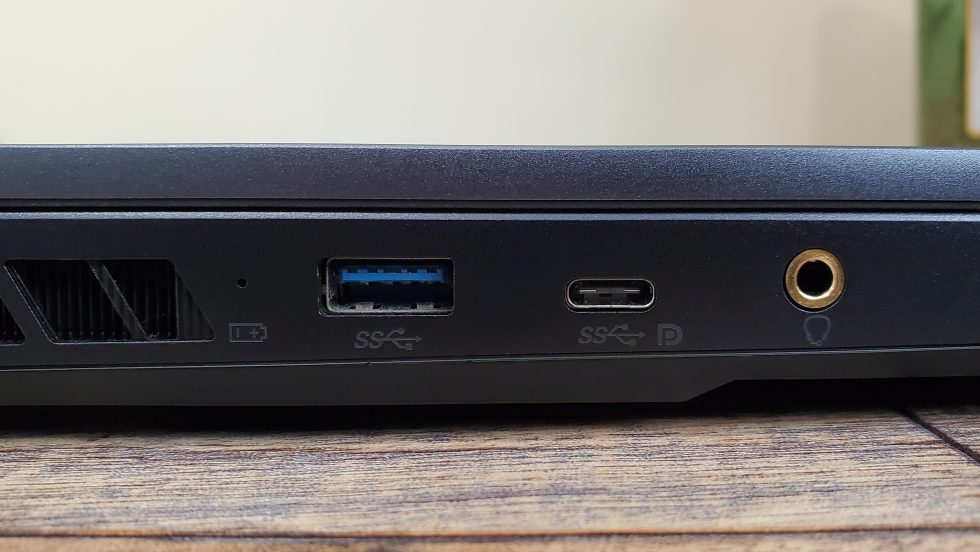
When SuperSpeed USB was announced in 2007, the branding was a logical differentiator. The term launched with USB 3.0, which brought max data transfer rates from USB 2.0's measly 0.48Gbps all the way to 5Gbps. But by 2022, there were three versions of SuperSpeed USB in various connector types facing consumers, plus the potentially faster USB4. Looking ahead, USB products will continue to offer different performance capabilities while looking the same, but there's at least one thing we can all agree on: The word "SuperSpeed" isn't a helpful differentiator anymore.
SuperSpeed branding already felt pretty unremarkable by 2019, when the USB-IF, which makes USB standards, renamed USB 3.0 to USB 3.1 Gen 1; USB 3.1 to USB 3.1 Gen 2, and then USB 3.2 Gen 2; and USB 3.2 to USB 3.2 Gen 2x2. The group sought to make things easier for consumers by recommending to vendors that they label products not by specification name but by "SuperSpeed USB" followed by max speed (USB 3.2 Gen 2x2, for example, would be SuperSpeed USB 20Gbps).
Per updated guidelines and logos that started coming out this quarter and that you may see before 2022 ends, as reported by The Verge today, the USB-IF now recommends vendors label products as, simply, USB 20Gbps (for USB 3.2 Gen 2x2), USB 10Gbps (for USB 3.2 Gen 2), etc. No SuperSpeed necessary.

USB4, meanwhile, gets the same treatment, with the USB-IF recommending USB 40Gbps and USB 20Gbps branding for the spec. When it comes out, USB4 Version 2.0 should be called USB 80Gbps.
"USB4 Version 1.0, USB Version 2.0, USB 3.2, SuperSpeed Plus, Enhanced SuperSpeed, and SuperSpeed+ are defined in the USB specifications; however, these terms are not intended to be used in product names, messaging, packaging, or any other consumer-facing content," the USB-IF's language usage guidelines updated in September read [PDF].
The USB-IF still recommends vendors label USB 2.0, which can take the form of USB-C, USB-A, USB-B, and more, as "Hi-Speed USB" with no performance indicator. Most products using the USB 2.0 spec are peripherals, like keyboards and printers, Jeff Ravencraft, USB-IF president and COO, told Ars Technica, so the industry group doesn't think consumers will mistake the tech for being faster than, say, USB 5Gbps. The USB-IF also feared people confusing "USB 480Mbps" as being faster than USB 5Gbps, due to the larger number (we guess "USB 0.48Gbps" doesn't look so pretty).
"Hi-Speed USB has been around for over 20 years and is well established in the marketplace, so we focused our rebranding efforts to 5Gbps and up," the USB-IF spokesperson said.
Recommended USB 1.0 branding, meanwhile, is untouched.
For USB-C cables, the USB-IF now recommends packaging and logos show both max data transfer rate and power delivery.

This doesn’t change much
The changed recommendations align with what many vendors had already been doing: listing speeds alone without any spec name or the term SuperSpeed. Some vendors list USB spec names only. With all this in mind, it's not surprising to see the official demise of SuperSpeed branding, especially with the USB-IF revealing its optional, SuperSpeed-free USB-C logos a year ago.
The primary issue at the heart of USB confusion remains. Even as USB-C becomes more ubiquitous and, in some places, eventually required by law, USB-C products can have a range of capabilities, including data transfer rates of 0.48–40Gbps.
The USB-IF's guidelines also don't specify other capabilities, like Intel Thunderbolt support, whether a cable's active or passive, and PCIe tunneling.

But according to Ravencraft, the typical person doesn't really care about any of those things. The exec told The Verge that consumer study groups showed that most consumers only care about "the highest data performance level the product can achieve" and "the highest power level I can get or drive from this product."
Most people don't understand USB branding, messaging, revision control, or spec names, he told The Verge.
Everything’s optional
Despite its efforts to simplify what consumers see, the USB-IF also can't ensure widespread usage of its optional logos and certification. The USB-IF-certified products list contains 2,500 items when there are countless devices, cables, and products using USB.
Ravencraft admitted to Ars that some companies may view the costs associated with getting USB-IF-certified, including passing USB-IF compliance testing and acquiring a USB-IF trademark license agreement, as "prohibitive." There are discounts for USB-IF members.
Ravencraft also suggested that some companies may forego certification if they know they cut corners to save costs and, thus, wouldn't pass compliance testing.
So, the Wild West of USB labeling will probably continue to some degree, but customers have options, too. Products with USB-IF logos, if available, immediately tell you how much power delivery and speed to expect. Whether or not that rate should be considered a super speed is up to you.
reader comments
149